California-based Vintage Wine Estates (VWE), one of the largest wine producers in America, filed for Chapter 11 bankruptcy last week as part of a restructuring process.
In court filings, the company blamed the consequences of emerging from the Covid lockdowns which it says made customers start drinking less, creating a surplus of products they couldn’t sell.
Bankruptcy Filing

On July 24, VWE filed for Chapter 11 in US Bankruptcy Court. Starting in 2009 when former CEO Pat Roney added more vineyards to Napa Girard winery, the company has grown to offer more than 30 wine and alcohol brands.
As of March 31, the company had around $475 million of assets and $400 million of debt.
Laying Off Employees

According to reporting by the San Francisco Chronicle, the company appears to intend to lay off all its employees as part of this process.
In government filings, VWE said that it would “cease operations and all Vintage Wine Estates employees, at all locations, would be terminated” if a buyer is approved to purchase the company’s assets.
Hope for Employees
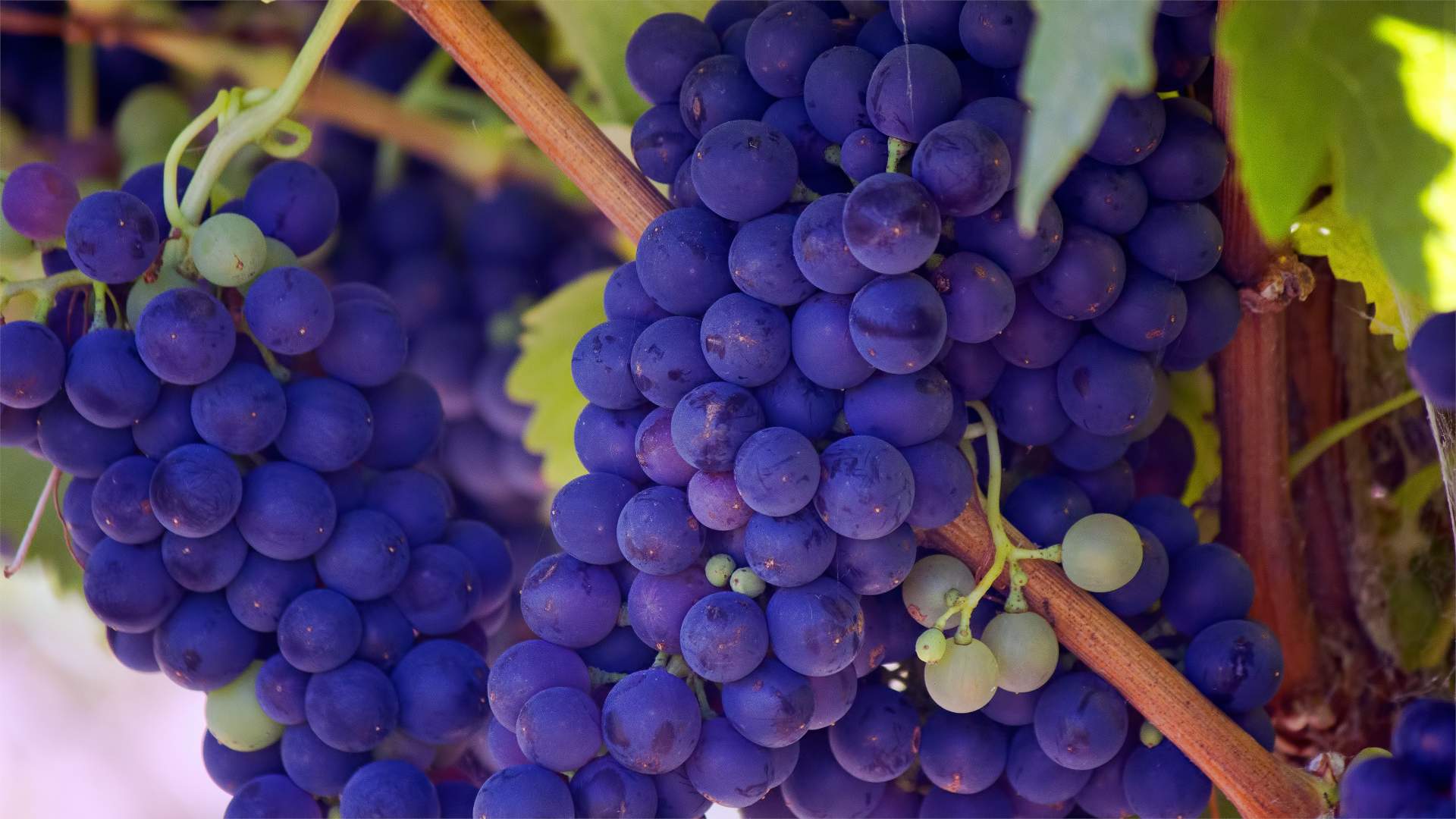
Vintage is the 15th largest producer of wine in America and has 377 positions in 10 locations in four California counties. While these employees may be losing their jobs, VWE is hopeful that whoever buys them out will keep some of the workers.
“While we are hopeful that a buyer would hire some of the company’s workforce, “ the company filing said, “we cannot be certain that will occur.”
Layoff Date
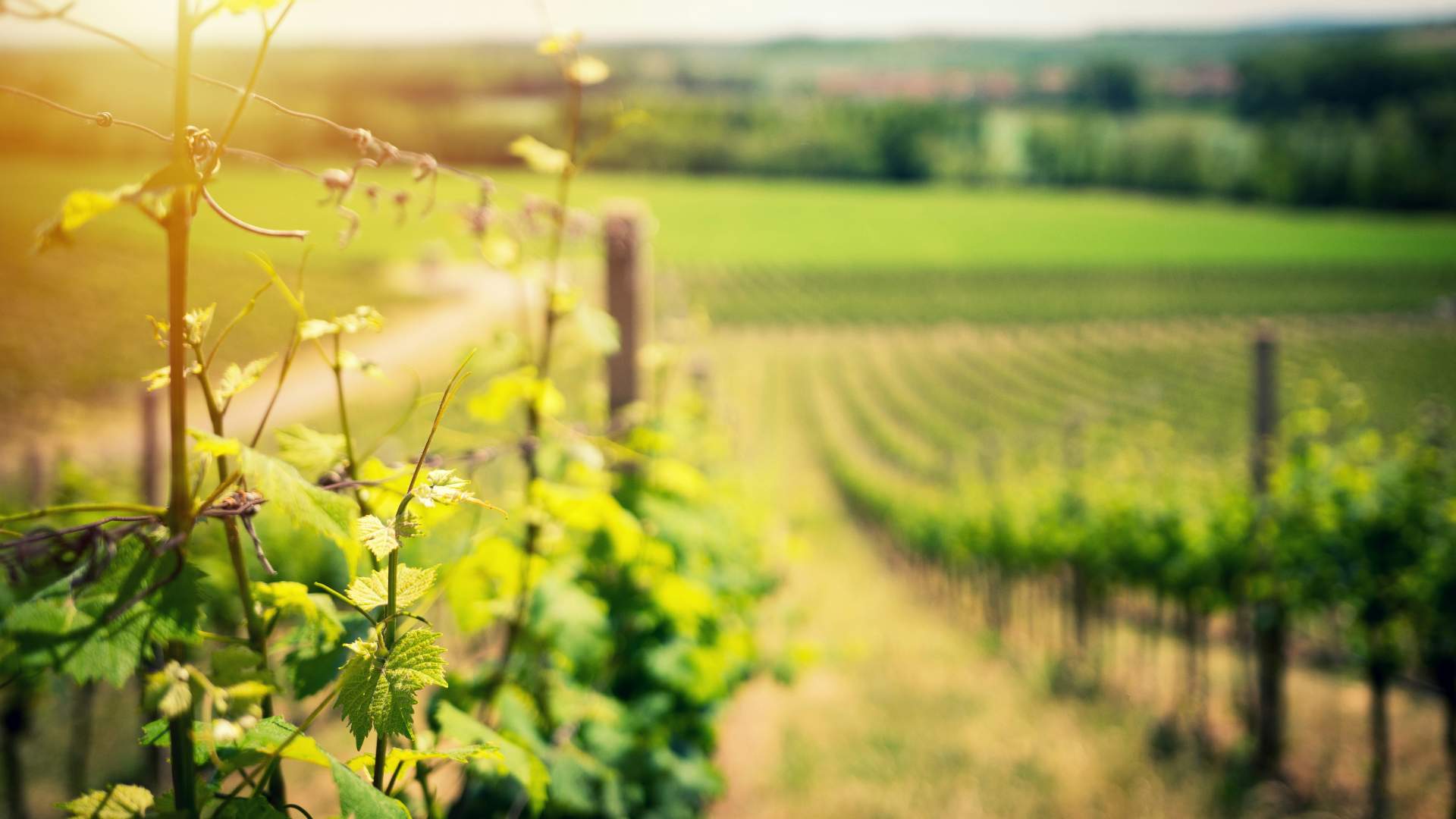
The notice of the layoffs could take place as early as September 27 or a time of up to 14 days afterward. These layoffs would follow other recent cuts to the company’s workforce.
In 2023, VWE reduced its workforce by 7%, and an estimated 15% so far this year.
Delisting Stock

VWE will also be delisting its ticker from the stock market while it completes the restructuring process.
The company went public in 2020, and as news of this broke, its stock fell by 40% to 6.7 cents per share in afternoon trading.
Drinking Less

The company in court filings blamed a decrease in demand after Covid lockdown restrictions ended and a surplus of grapes.
“An unanticipated steep decrease in demand, surplus supply, labor shortages and supply-chain disruptions, combined with a spate of unanticipated integration costs and delays associated with business acquisitions, have created an operating environment in which the company is unable to continue outside of chapter 11,” said Chief Executive Seth Kaufman.
Wine Struggles
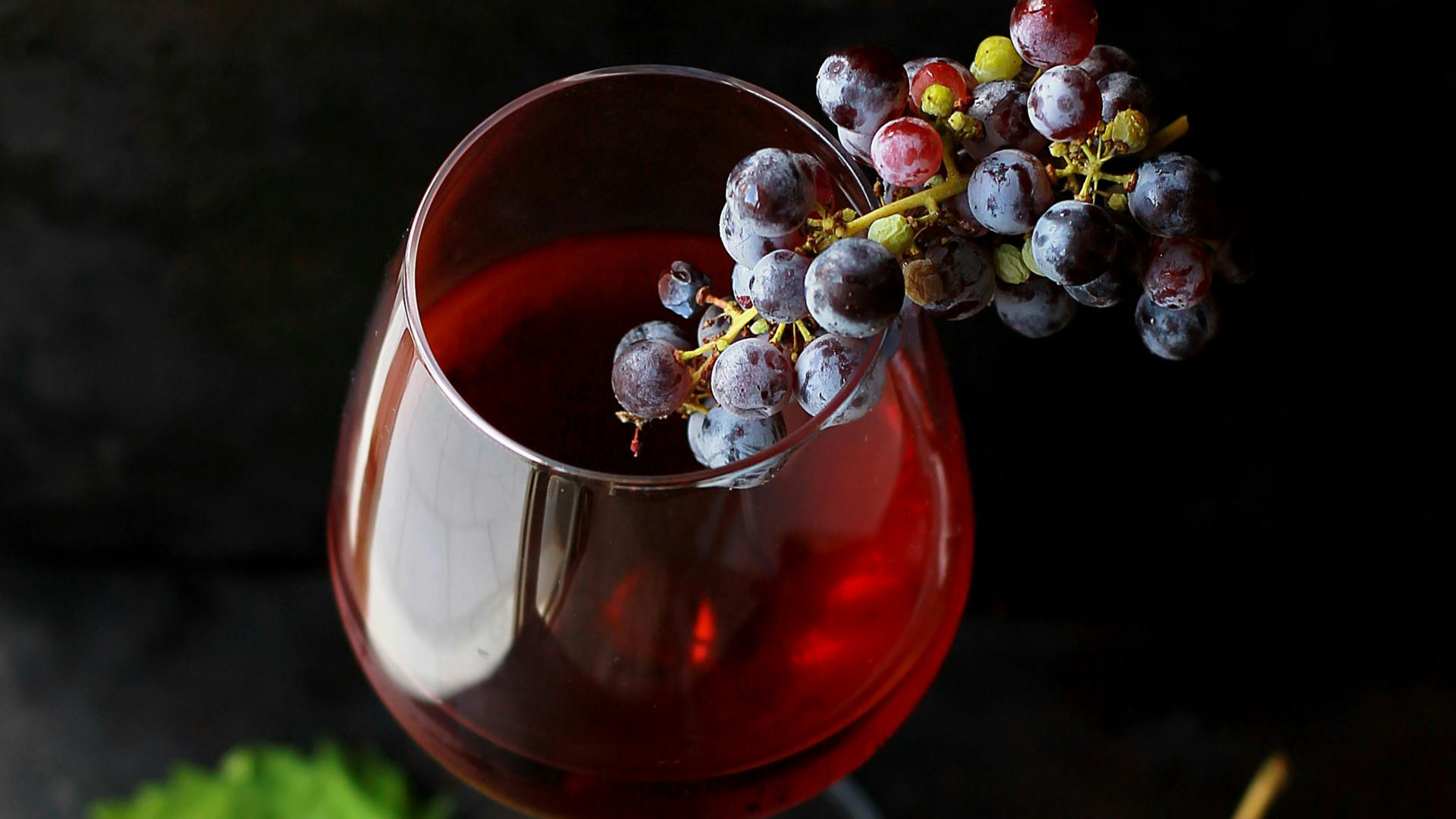
Sales of wine in the US have been down across the board as the country exited pandemic restrictions. In 2021, the United States wine industry sold 445 million cases of product.
However, in 2023, this number had decreased to only 377 million cases.
Meier’s Wine Cellar
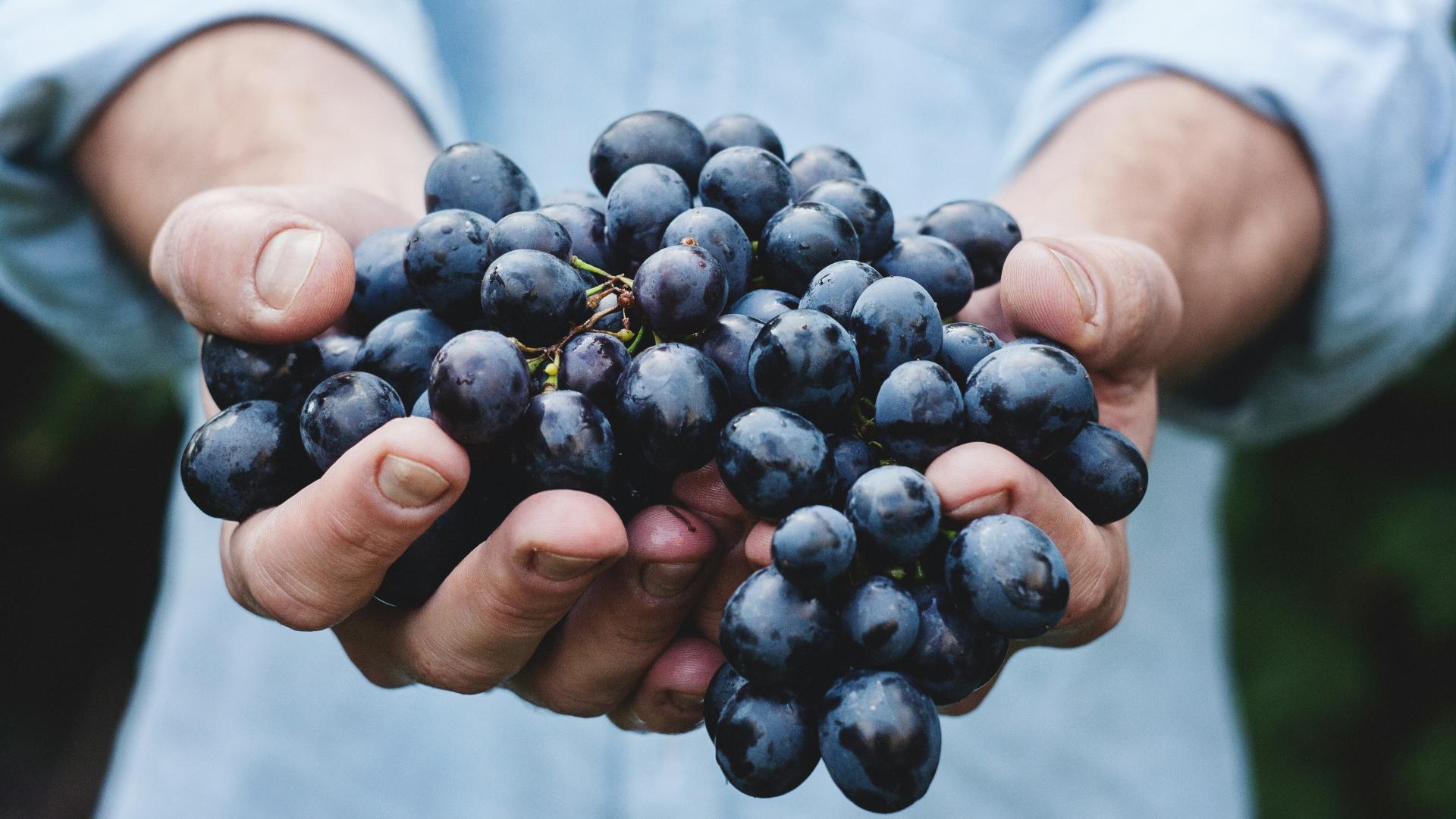
Meier’s Wine Cellar, which is one of the oldest wine producers in the United States and an affiliate of Vintage Wine Estates, also filed for Chapter 11 bankruptcy last week.
This company, located in Ohio, is the largest winery in the state and produces 100,000 cases per year.
Filing for Bankruptcy

Meier’s filed for Chapter 11 bankruptcy in the United States Bankruptcy Court for the District of Delaware on July 24.
The company is an affiliate of Vintage Wine Estates but is run separately. Meier was purchased by Vintage in 2022 and is seeking to have their cases joined together.
Meier’s History

The company began in the late 1800s as a home grape juice business by John Michael Meier, who lived north of Cincinnati, Ohio.
In 1895, Meier’s son discovered a way to bottle fresh grape juice, resulting in the creation of the John C. Meier Grape Juice Company.
Prohibition Success
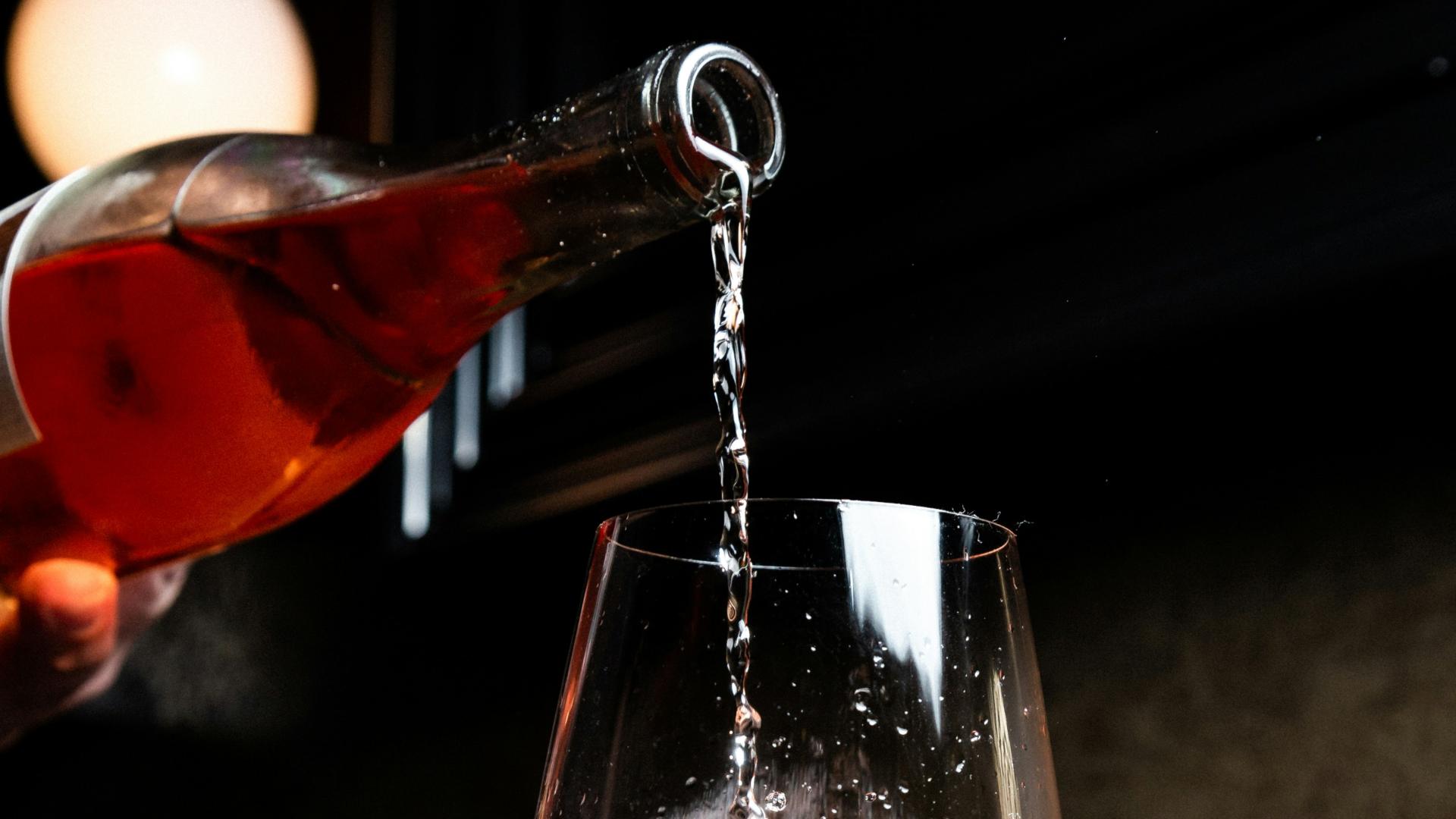
During the era of United States prohibition, the company succeeded by making sparkling grape juice and eventually turned back to making wine when prohibition ended.
Over the years, the company purchased land to keep up with the need to keep producing more grapes to satisfy customer demand. It has continued to this day to be Ohio’s oldest and largest winery producing wines from Native American grapes.
